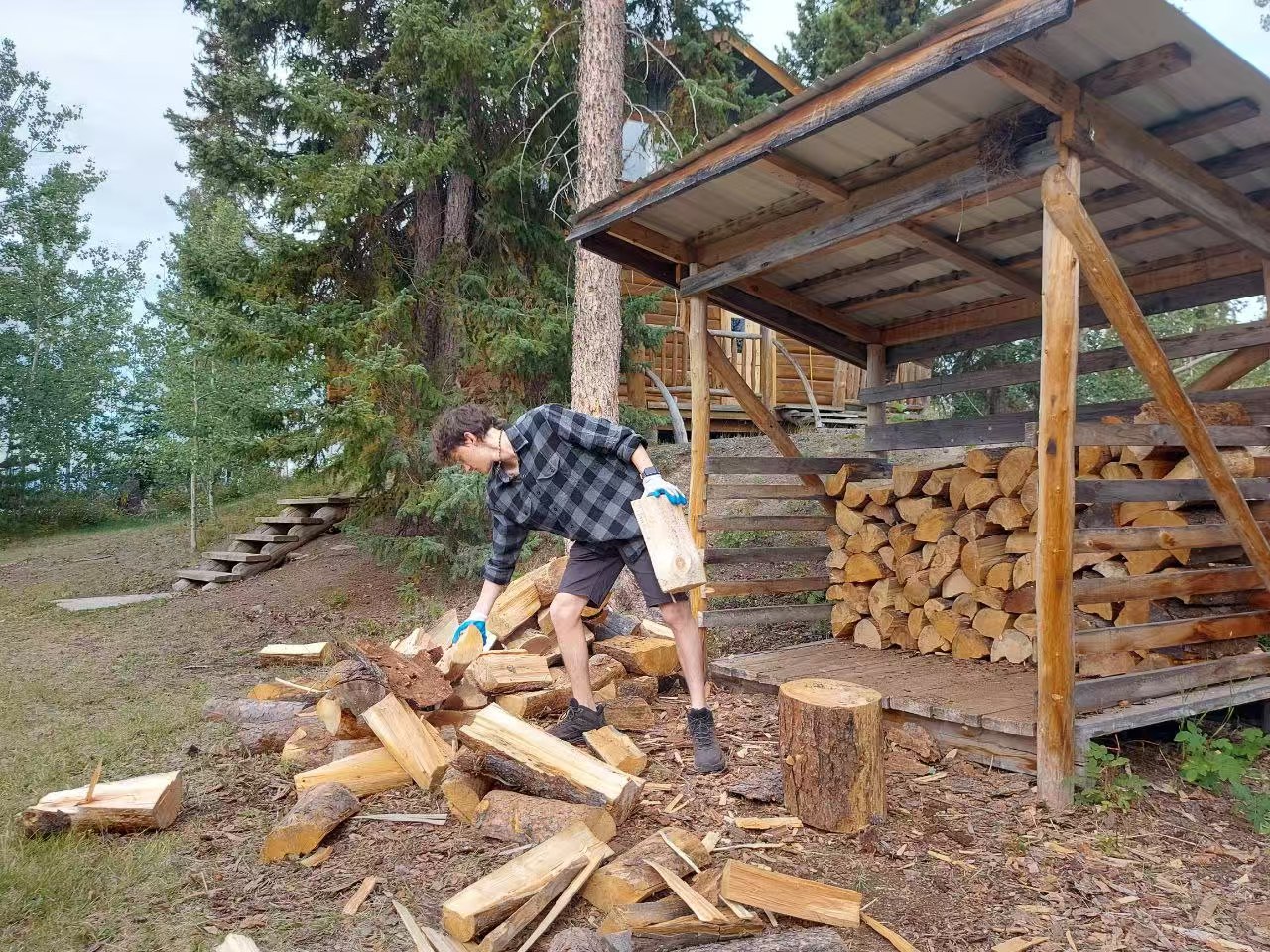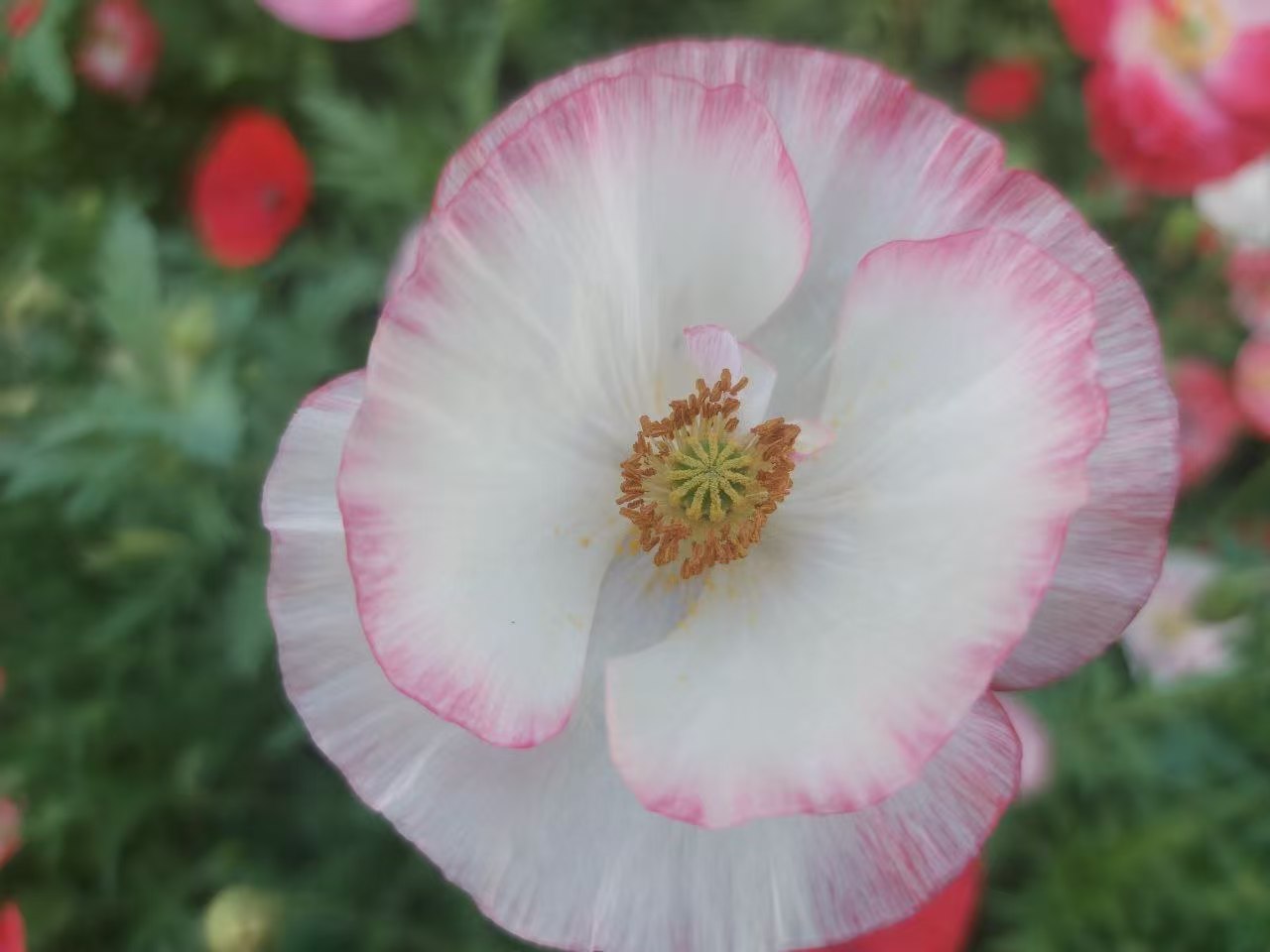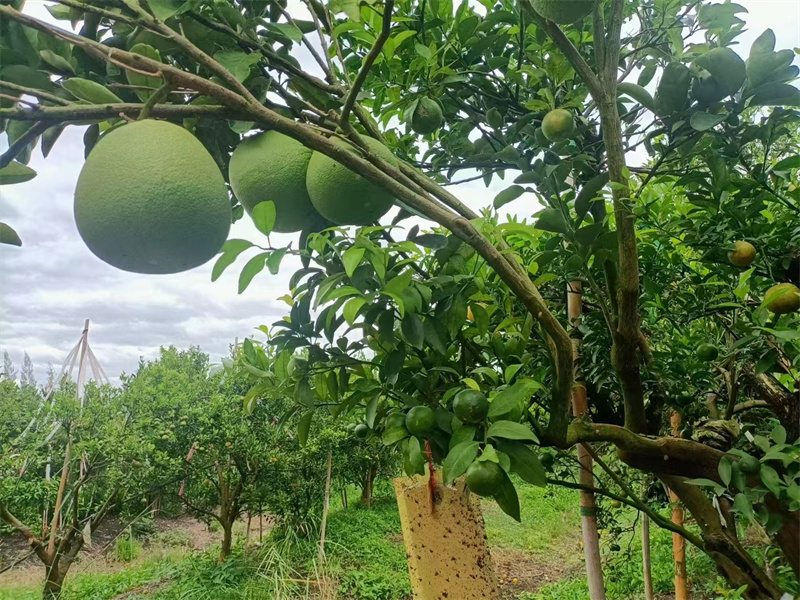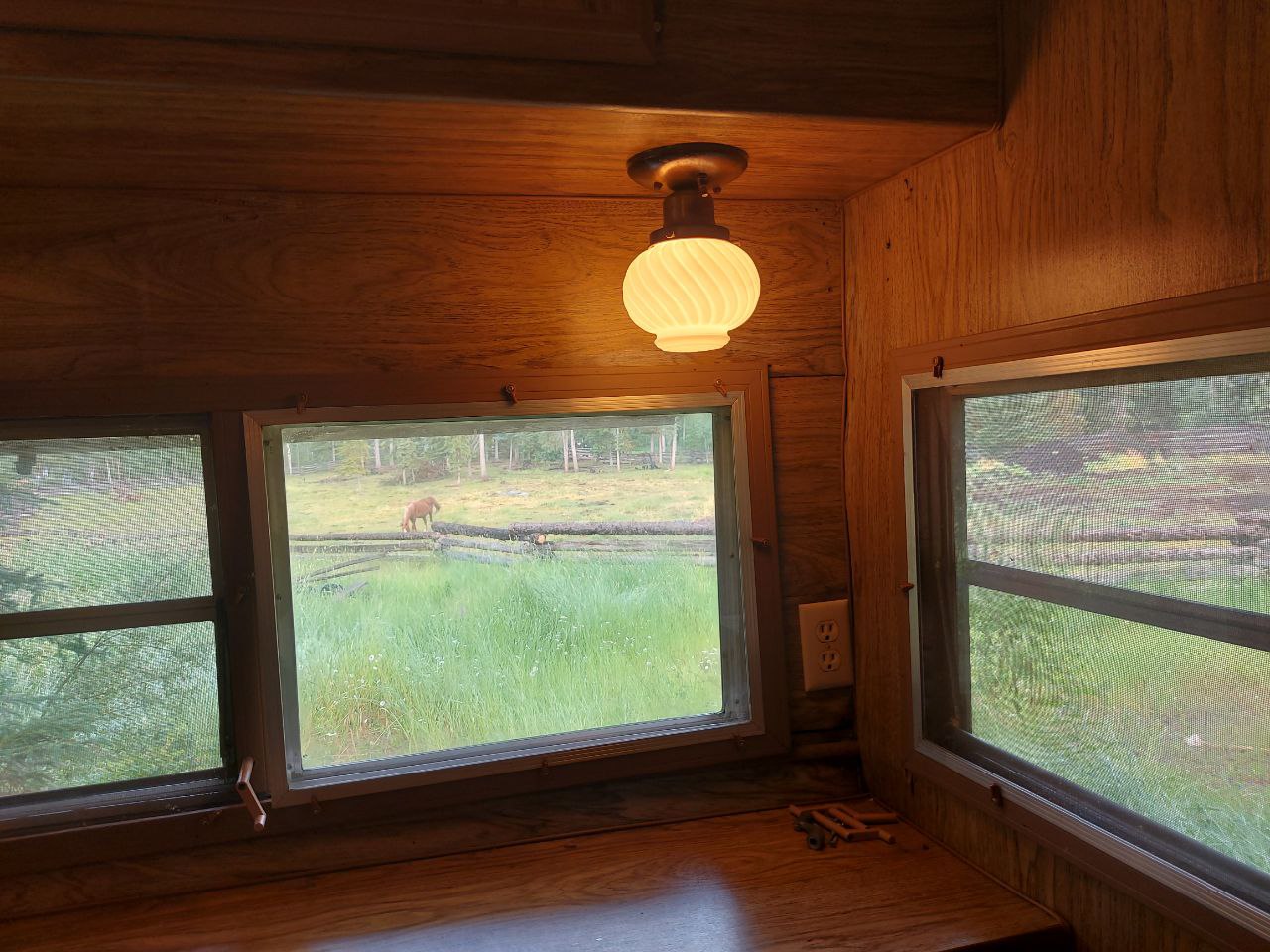|
My Permaculture Greenhouse: 6 things I do to keep it green
August is the time when we renew our efforts gardening with climate-extension methods in mind – greenhouses, cold frames, hoop houses are all at the start of their new season. With permaculture ideas in mind, and with focus on sustainability, I run my greenhouse in a way that keeps it healthy and productive with minimal inputs (limited to seeds and water in my case). Here is how I do it.
1. The Year Starts in AugustMy greenhouse is a cool season growing space only. In the summer it is not used, and early August is time for an annual festival of sorts, on the day when I return to greenhouse gardening.
August 8th is the date that falls mid-way between Summer Solstice and the Fall Equinox. That day has a lot of significance for the gardener, farmer, or nature lover – as we see the living world around us respond in many ways to the transition towards the cooler and less bright days of the season. Beekeepers harvest last of the year’s honey, seed is ripening on most plants, and fruit tree wood is hardening in preparation for winter. Birds are training their grown offspring for upcoming migration, mushrooms pop up in the wetter cooler locations, the whole living world morphing and changing in response to the celestial changes. In solar houses (and in solar greenhouses) we see first rays of sun shining into the buildings.
2. Following the Sun and the EarthCome August, the sun angle in the sky is changing towards getting lower on the horizon. Plants and animals feel that change in their entire beings, their procreative season behind them.There is a pull of life energy into the earth, draining of plant sap, first signs of yellowing of the leaves, slowing down of life processes. But the sunshine is still hot and bright and cheerful – offering its inviting (albeit dwindling) pull upwards. Seeds planted in August still have enough of that upward pull to germinate and grow quite well before the inward pull of the earth stops them. My goal is to get the little seeds to grow into a medium size plants before that dormant period arrives in early October, so I have good-size leafy greens without any supplemental (artificial) light.
3. Starting from SeedOne of the main problems of gardening in an enclosed space is pests, particularly aphids. One of the best cultural practices of a permaculture greenhouse gardener is to plant from seed and to never use nursery-grown (or gifted!) potted plants.
Inevitably, pests arrive and flourish, negating the entire effort of growing food sustainably. Do you know that even if your inputs (such as pest management sprays) are all organic, they can still be totally unsustainable?
The best permaculture practice is to create conditions in which your greenhouse inputs are largely reduced or eliminated – and avoiding pests is a major step in that direction.
Once infested, the greenhouse is hard to clear from aphids. Yes, soapy water spray is organic and it works (sometimes), but it makes your delicate leafy greens taste like soap! Such Pyrrhic victory over aphids is not worth it.
4. Planting What Grows BestPlanting what grows best is a tremendously wise permaculture move! Happy plants will be healthy and productive, with minimal inputs. Of course, the question is what are the plants that grow best? Right plants will thrive with ambient temperatures and existing lighting – a sustainable greenhouse is NOT the one with carbon-heavy inputs of any artificial heating and lighting. (Of course if a greenhouse runs low on light because of bad design, that is not something that can be fixed with the right choice of plants!)
Experimenting with your plant palette is a good idea, as all greenhouses are different! They really like to be observed and studied, following the foundational principle of permaculture of Protracted and Thoughtful Observation. It pays to plant one or two new crops each season, and learn by observing whether or not carrots (or peas) are really suitable to your particular situation. For us, home gardeners, it is important to remember that we also bring our own unique cultural management – some have limited time, others travel or raise young children, and therefore our gardening efforts don’t produce uniform results. Where a commercial grower is applying a mechanistic, tightly regulated approach to plant care, we are gardening in a different way. There is no telling where we might excel!
5. Building Greenhouse Soil: No CompostAn advice against compost? How could that be?
Compost is not a good way of building soil in an enclosed space, and particularly not for container growing. It is just too active and alive for the artificial growing situation of a greenhouse, with no place for all that action to spill to, or to be corrected by other working life processes. You are much better off building your soil by using leaf mold (avoiding toxic or saline plants as a source, of course), and with adding a gentle sprinkling of very occasional compost tea if you must.
Compost comes loaded with insect larvae, producing flies, rolly-pollies and other hungry critters that might mow your young plants once (or twice for a good measure). That loss might set you back by weeks, in which case it might be too late for plants to germinate! Even mature compost might excite your soil biota into the activity levels that are not very good for growing plants (when your planter turns into composter!).
6. Greenhouse with Its Own Zone FiveCreating a space in your greenhouse that is inviting to people is a critical “invisible structure” step towards making it more sustainable. A place that you are drawn to visit, a place that offers rewards to your soul, a place that can be filled with joy of slow food, spending time with a book or a friend, a place where you can do art or even get a massage – that is the place that will receive a lot more love and be more alive as a result. Carve out some space in or near your greenhouse, where slow life can be lived out, a place where soul can be mended from the frazzled life – set a small table or a hammock, build a book shelf, create a nature’s altar. Not all greenhouses are large enough to be used in this way, and not all are all that comfortable in the cold days of winter. But with careful observation one can find a way to create that special place, something of a tiny permaculture zone five – a place to be still, to be learning from nature, to be grateful.
|  Haha, I’ve got a helper now!
Xuefeng
September 8, 2024
(Translation edited by Q
Haha, I’ve got a helper now!
Xuefeng
September 8, 2024
(Translation edited by Q
 Haha, I felt young again!XuefengYesterday morning, after breakfast, I started ch
Haha, I felt young again!XuefengYesterday morning, after breakfast, I started ch
 Papaver rhoeas: The Designated Flower of Lifechanyuan
by Xuefeng
August 20, 2024
Papaver rhoeas: The Designated Flower of Lifechanyuan
by Xuefeng
August 20, 2024
 Joyful Games and Warm Welcome for Gabi at Lifechanyuan's Thai Home
Qianzi Celest
Joyful Games and Warm Welcome for Gabi at Lifechanyuan's Thai Home
Qianzi Celest
 Chilean Girl Gabi Experiences the Life of Lifechanyuan Thailand Second Home Comm
Chilean Girl Gabi Experiences the Life of Lifechanyuan Thailand Second Home Comm
 Another Clean and Tidy Joy House
In the tourist resort Holy Land Home, the guide
Another Clean and Tidy Joy House
In the tourist resort Holy Land Home, the guide
 Post time 2017-11-02 16:44:25
|
3853views0replies
Show the author posts only
|View large image
Post time 2017-11-02 16:44:25
|
3853views0replies
Show the author posts only
|View large image
 |Descending
|Read mode
|Descending
|Read mode





 Favorites
Favorites Relay
Relay Shares
Shares Collection
Collection